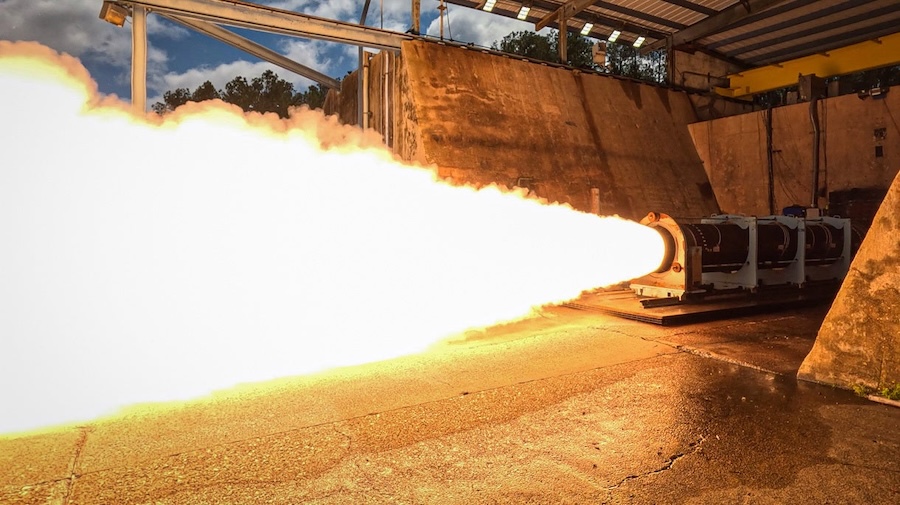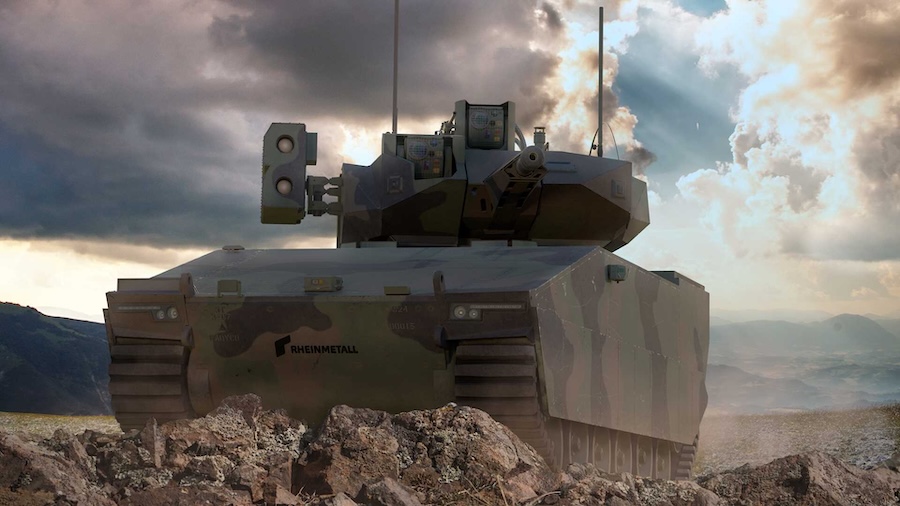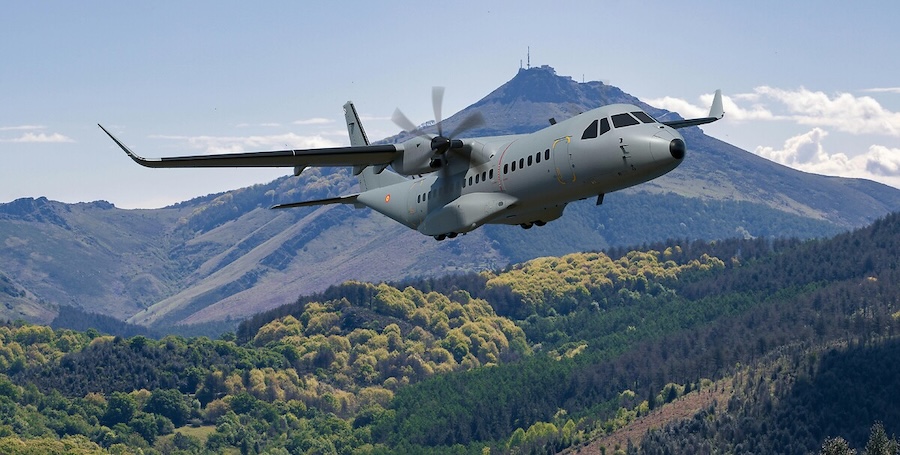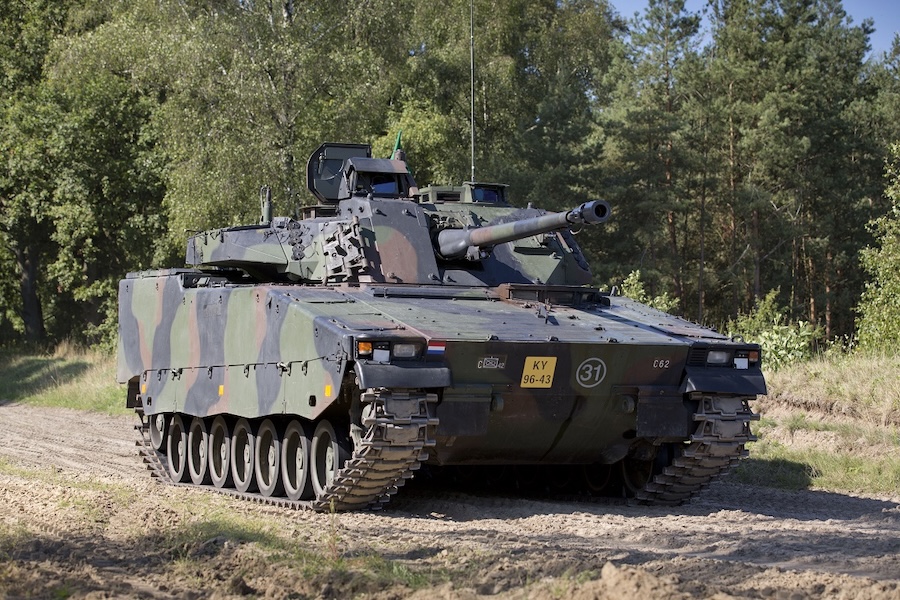The agreement was formalised between the Federal Office of Equipment, Information Technology and In-Service Support of the German Armed Forces and Diehl Defence GmbH & Co. KG. This followed authorisation from the Swiss Federal Office for Defence Procurement armasuisse.
“This marks an important milestone for the integrated air defence of Switzerland,” stated National Armaments Director Urs Loher, who signed the programme agreement approved by the Federal Council on 20 June 2025. The agreement enables cooperative procurement of the systems through Germany.
The IRIS-T SLM system, manufactured in Germany, is one of the most advanced medium-range ground-based air defence systems in the world. It has a range of up to 40 kilometres and can reach targets at altitudes of up to 20 kilometres.
The system features the latest AESA radar technology through the TRML-4D sensor developed by Hensoldt and offers simultaneous multi-target engagement. Its modular and open architecture allows integration into existing Swiss defence systems and supports both selective and comprehensive protection needs.
The procurement will close a key capability gap in the Swiss Armed Forces and enhance defence against modern air threats including combat aircraft, drones, and cruise missiles. It complements the F-35A combat aircraft and the long-range Patriot missile system already in acquisition.
The new system will also take over tasks currently performed by the short-range anti-aircraft gun, which is to be retired. One goal of the system is to strengthen geospatial cruise missile defence and provide early warning capabilities against rocket, mortar, and artillery attacks.
Alongside the five fire units, the contract includes spare parts, logistics vehicles for mobile repair, test equipment, guided weapons, and a training station. Initial training for the Swiss Armed Forces is also part of the package.
The Swiss Federal Council approved a guarantee credit of 660 million Francs for the GBAD MR project in the 2024 armament programme. An additional 10 million Francs from the PEB credit has been allocated for development, testing, and procurement preparation.
An offset agreement has been concluded between armasuisse and Diehl Defence, requiring the company to conduct industrial compensation transactions with Swiss firms. This is in line with armasuisse’s standard offset policy.
The GBAD MR project was launched in 2019 and is currently in its conceptual phase, running as a “fast track” procurement scheduled for completion in 2032. Where feasible, Switzerland will acquire the systems in Germany’s standard configuration with minimal adaptations for compatibility.
According to current planning, the first fire unit will be delivered by late 2028. Additional units and logistical components will follow between 2029 and 2031, with infrastructure for training and logistics being developed in parallel.
Career military personnel will begin training on the system in 2027, followed by militia training from 2029. Initial Operational Capability (IOC) is targeted as soon as possible, with Full Operational Capability (FOC) expected after the final deliveries and testing are complete.




























